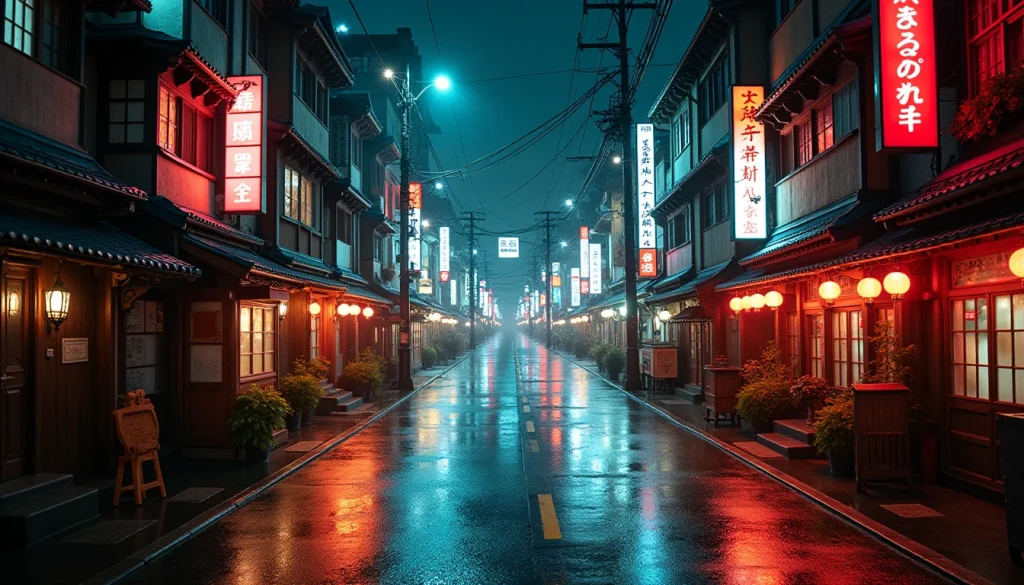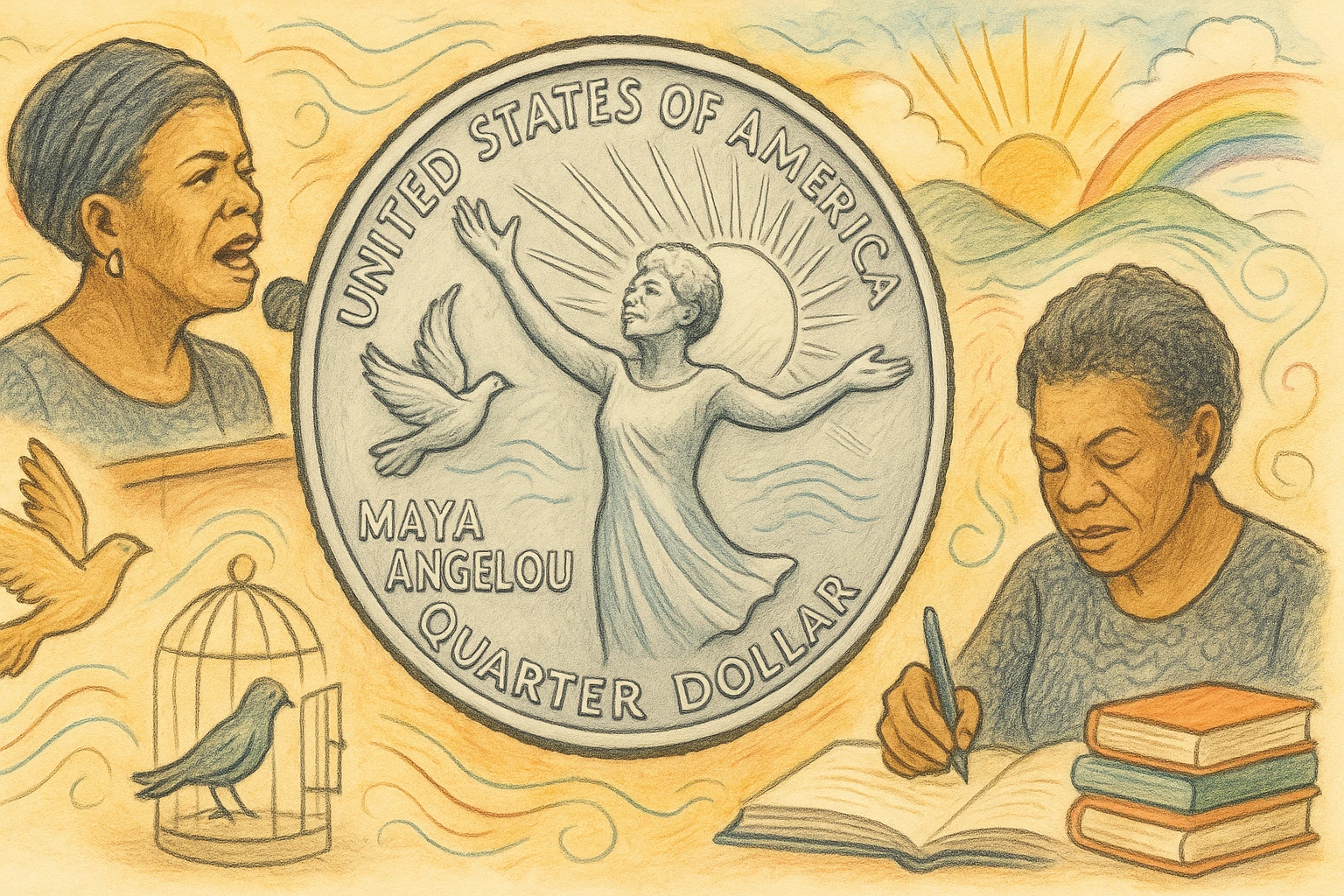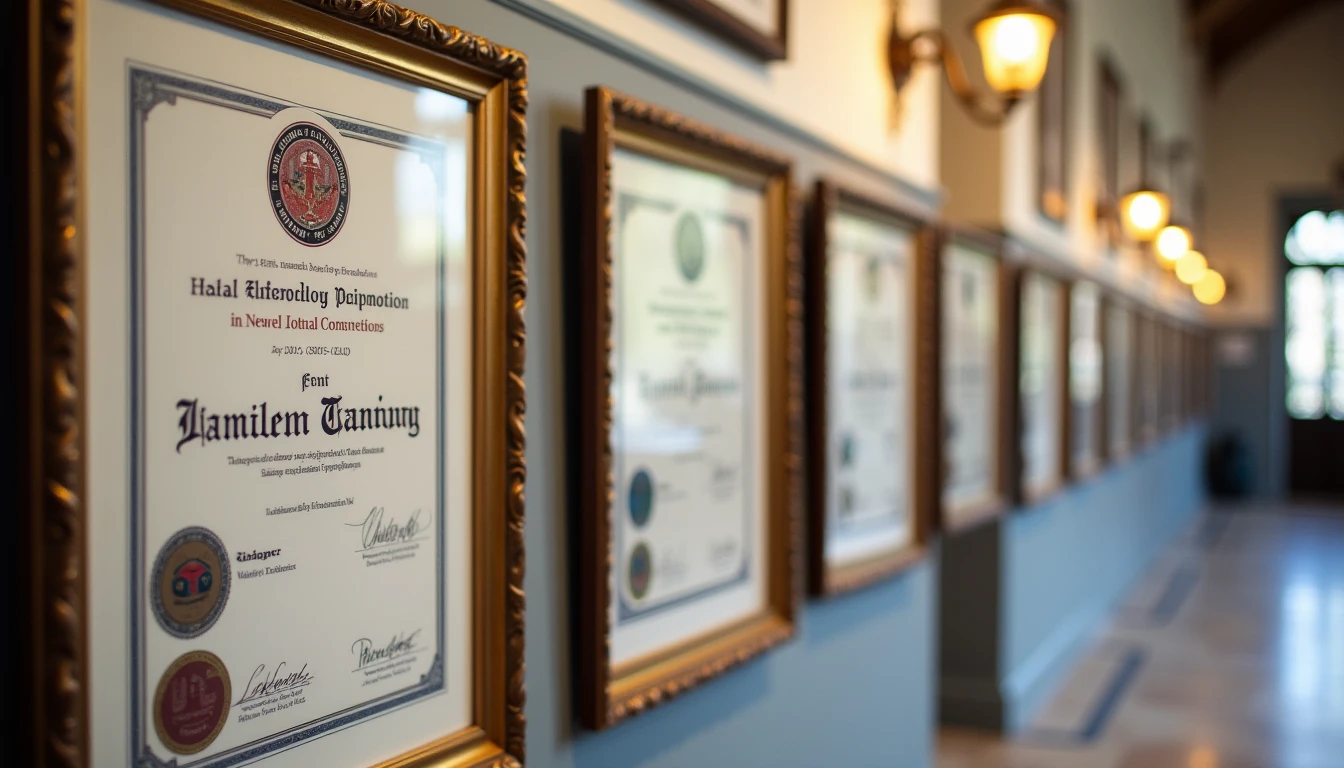Tokyo: The Intersection of Tradition and Innovation
In the heart of Tokyo, neon lights illuminate a city where tradition and technology coexist seamlessly. High-speed trains zoom beneath streets where samurai swords hang in shop windows. Japan’s urbanization is marked by density and smart cities, yet the essence of “ma” (space) remains. Commuters navigate bullet trains with practiced ease, balancing digital tools like LINE app with tea ceremonies. This blend creates a unique lifestyle where efficiency meets tranquility, proving that space isn’t just physical but also emotional.
The city’s infrastructure exemplifies this balance. Bullet trains, which travel at speeds exceeding 300 km/h, epitomize modernity. Yet, alongside these engineering marvels lie traditional elements like Shinto shrines and tea houses. The Asakusa district, for instance, is a labyrinth of narrow streets lined with shops selling kappabashi kitchenware, where the past and present collide in every corner. Even in such a hyper-connected city, people still adhere to ancient customs, like visiting temples during New Year’s Eve to pray for good fortune.
This duality also influences daily life in unexpected ways. A Tokyoite might start their morning with a cup of matcha at a traditional cafe while planning their day using the latest apps. The concept of “ikigai,” or finding purpose, is deeply ingrained in Japanese culture but often intertwined with modern work ethics. This blend isn’t just about aesthetics; it’s a way of life that ensures progress without losing touch with one’s roots.
Mumbai: Where Digital Access Meets Street Food
Contrast this with Mumbai’s chaotic streets. Slums nestle beside glass towers, where Ganesha statues overlook Bollywood billboards. Here, the internet bridges digital gaps; cybercafes offer affordable access while street vendors sell chole bhature. This mixed urbanization challenges infrastructure yet preserves cultural identity. Residents find solace in festivals like Ganesh Chaturthi, merging old rituals with modern logistics. It’s a city where every corner tells stories of resilience and adaptation.
Mumbai’s digital divide is stark but slowly closing. Cybercafes have become hubs for the informal sector, allowing small businesses to access global markets. For instance, a tailor selling custom suits online can reach customers in Dubai while still sourcing fabric from local bazars. This digital inclusion isn’t without challenges; issues like data privacy and cybercrime are emerging concerns. Yet, it highlights Mumbai’s ability to adapt, much like how its slums have evolved into thriving communities despite limited resources.
The city’s culinary scene is another testament to this blend. Chole bhature, a street food staple, is being reimagined in gourmet menus. Chefs experiment with fusion dishes that combine traditional flavors with global techniques. This innovation isn’t just about catering to tourists; it’s part of Mumbai’s identity as a cosmopolitan melting pot. At the same time, festivals like Diwali ensure that old customs remain vibrant. Firecrackers light up the sky over slums and high-rises alike, symbolizing how tradition persists despite rapid change.

Shenzhen: From Fishing Village to Tech Hub
Shenzhen stands as China’s planned metropolis. Once a fishing village, it’s now a tech hub where Shenzhen Bay Tower mirrors the skyline. Urban expansion here is deliberate: high-speed rail links to Hong Kong, while parks like Lianhua Mountain blend nature with concrete. However, rapid growth strains resources; sandstorms from deserts highlight environmental costs. Yet, local cuisine like salt-baked chicken thrives alongside fusion eateries, showing how global trends meet regional flavors.
Shenzhen’s transformation is one of the most dramatic in history. In just a few decades, it went from being a remote village to a global tech giant. The city’s growth is meticulously planned, with entire neighborhoods built around specific industries. For example, companies like Huawei and Tencent, contributing significantly to China’s digital economy. Yet, this rapid development hasn’t come without costs. Environmental issues like desertification and air pollution are pressing concerns, forcing policymakers to rethink urban strategies.
Despite these challenges, Shenzhen remains a beacon of innovation. The city’s culinary scene reflects both local traditions and global influences. While salt-baked chicken is a specialty that dates back centuries, fusion eateries like those serving Korean-Chinese dishes are popping up everywhere. This blend isn’t just about food; it’s part of a broader cultural shift where young people are blending traditional values with modern lifestyles. The result is a dynamic city that respects its roots while embracing the future.
Jakarta: Balancing Digital Tools with Cultural Practices
In Jakarta, Indonesia’s urban sprawl contrasts with Bali’s tranquility. The city’s chaotic traffic mirrors its vibrant markets. While digital tools like Gojek disrupt taxi stands, temples remain central to daily life. This blend of modernity and tradition offers unique challenges: balancing online shopping with Ramadan customs, or using Google Maps while navigating local slang.
Jakarta’s digital transformation is evident everywhere. Ride-hailing apps like Gojek have revolutionized transportation, reducing reliance on often-corrupt public transport systems. Similarly, platforms like Shopee are changing how people shop, especially during major festivals. Yet, despite these advancements, traditional practices persist. During Ramadan, families still gather to break fast together, a custom that hasn’t been replaced by online deliveries.
This coexistence isn’t always smooth. For instance, the arrival of digital payment systems has disrupted local markets reliant on cash transactions. However, it also opens new opportunities for small businesses to reach wider audiences. The challenge here is to balance innovation with preservation. Jakarta’s ability to adapt without losing its cultural identity will be crucial as it continues growing.
Conclusion: Navigating the Urban Future
Each region’s urbanization reflects a dance between past and future. Tokyo’s harmony, Mumbai’s resilience, Shenzhen’s innovation, and Jakarta’s chaos each offer insights into how daily life adapts to change. From smart cities to slums, these examples show that urbanization isn’t just about growth but preserving what makes us human. In Asia’s diverse landscapes, the future is a mosaic where innovation meets heritage, inviting us to explore this intricate balance wherever we call home.




